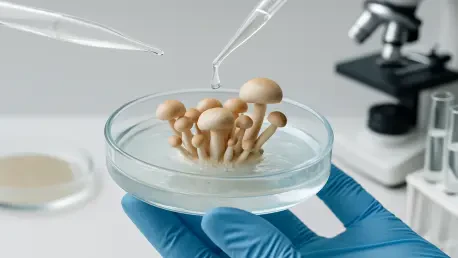
Imagine a world where a common soil mold could redefine the future of medical technology, offering solutions for tissue regeneration and flexible medical devices that seamlessly integrate with the human body. A groundbreaking discovery from researchers at a leading university has unveiled the
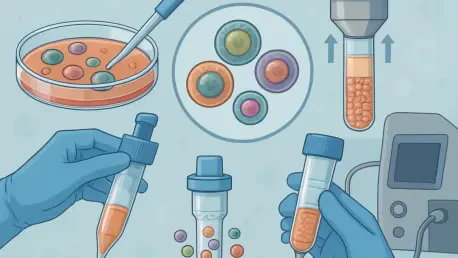
The global cell isolation market is witnessing an unprecedented surge, emerging as a fundamental pillar in the realms of life sciences and clinical research. This intricate process, which focuses on separating specific cell types from complex biological mixtures, is indispensable for pioneering

Imagine undergoing a routine medical procedure like an intrauterine device (IUD) insertion, only to be met with sharp, unexpected pain that leaves a lasting impression of discomfort. For countless individuals, this scenario is all too real, as pain management during gynecological procedures has
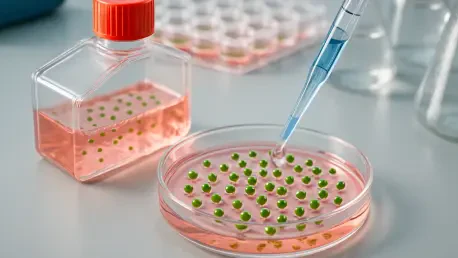
The cell culture market stands as a pivotal force in the realm of biotechnology and life sciences, fundamentally shaping the landscape of medical research and therapeutic innovation with its focus on growing cells in controlled environments outside their natural settings. This sector underpins
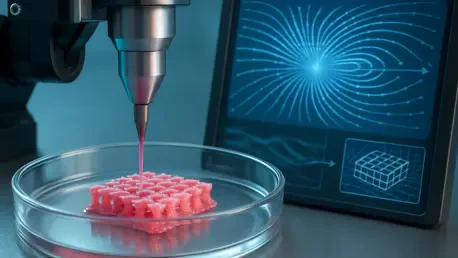
Imagine a world where the replacement of damaged organs or tissues isn’t a distant dream but a tangible reality, crafted with precision to match an individual’s unique biology. This vision is becoming increasingly achievable through the remarkable advancements in 3D bioprinting, a technology that
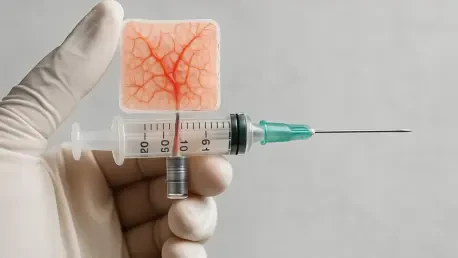
Imagine a world where the devastating impact of severe burns and deep wounds can be reversed with a tool as simple as a syringe, delivering regenerated skin that mirrors the real thing in both appearance and function. A pioneering advancement from researchers at Linköping University in Sweden is